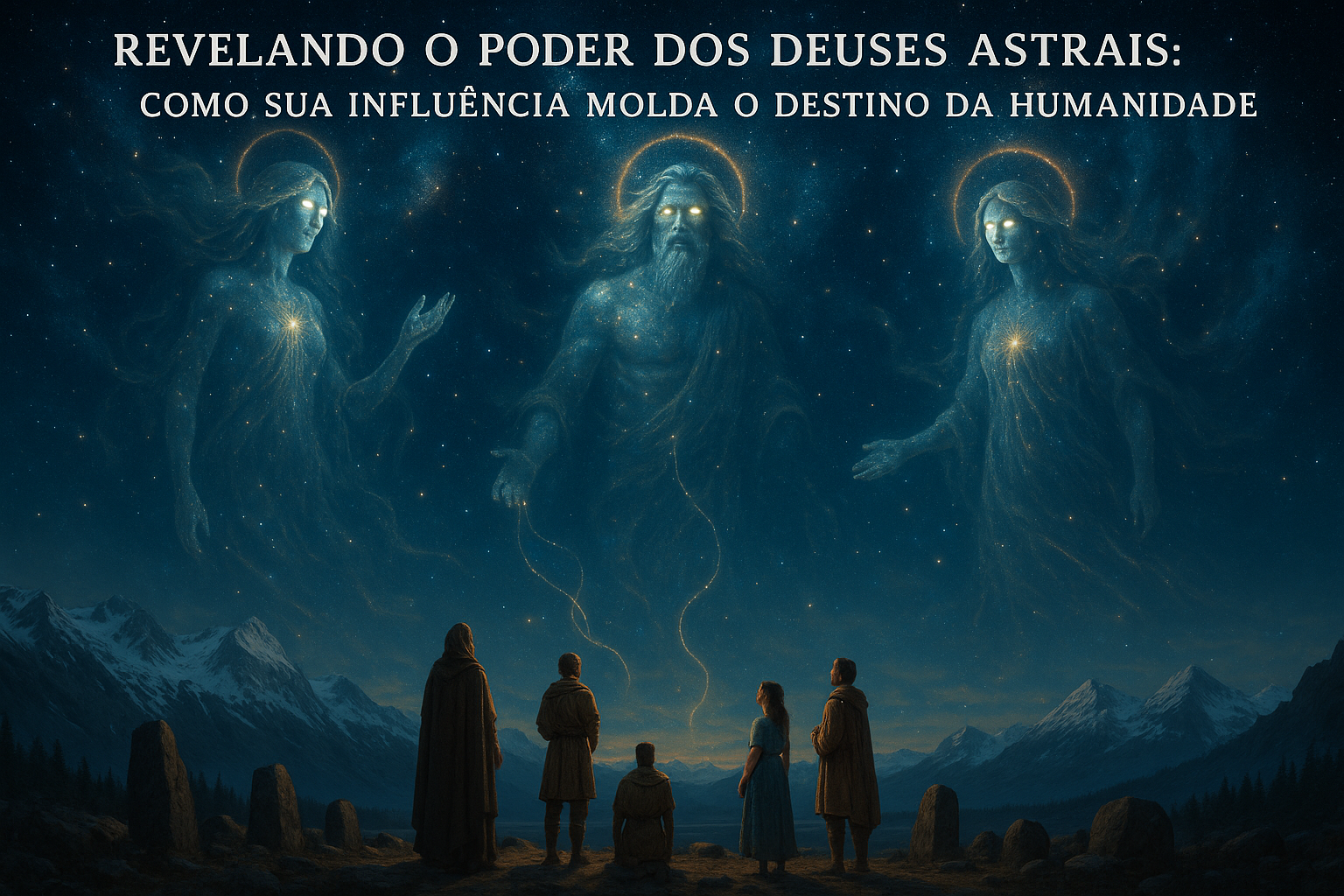In a world where time seems to slip through our fingers like grains of sand, the concept of how we measure and organize our days is undergoing a radical transformation. Calendrical reform might sound like a niche topic reserved for historians and mathematicians, yet it holds the potential to revolutionize society as we know it. The way we divide and account for time not only reflects our values and priorities but also influences how we live, work, and interact with each other. As we delve into the intricacies of this transformation, we uncover how altering our calendar systems can drive profound social change, shaping a future that aligns more closely with human needs and environmental rhythms. 🌍
Throughout history, the calendar has been a tool of immense power and significance, dictating everything from agricultural cycles to religious observances. However, as our world becomes increasingly interconnected and fast-paced, the traditional calendars we rely on are revealing their limitations. This article explores how innovative minds across the globe are challenging the status quo, proposing reforms that promise to enhance our social structures, improve work-life balance, and foster sustainability. We will journey through the origins of calendrical systems, examine contemporary proposals for reform, and consider the cultural and economic impacts of adopting a new temporal framework. By questioning the very essence of timekeeping, we open doors to a more harmonious coexistence with each other and the planet. ⏳
The Historical Context of Calendrical Reform
Calendrical systems have always played a crucial role in human history, serving as the backbone for agricultural, religious, and social activities. The Gregorian calendar, which is the most widely used today, was introduced by Pope Gregory XIII in 1582. It replaced the Julian calendar due to its inaccuracies in measuring the solar year. The Gregorian reform was not just a change in dates; it was a shift in how society perceived time, balancing religious festivals with the solar year to maintain alignment with the equinoxes. This shift had profound effects, from impacting trade schedules to altering religious observance dates.
In many societies, the calendar was an instrument of power. It was a tool for rulers to demonstrate control, as manipulating the calendar could lead to an extension of power or influence. The ancient Egyptians, for example, used their calendar to predict the flooding of the Nile, which was crucial for agriculture and survival. Meanwhile, the Mayan calendar, with its sophisticated understanding of astronomical cycles, was integral to their cultural and religious practices. Each of these systems reflects the societies’ attempts to impose order on the chaos of time, highlighting how calendars are deeply intertwined with social and political structures.
The drive for calendrical reform often stems from the need for a more rational or equitable way of measuring time. In the 20th century, numerous proposals were made to reform the calendar to address various societal needs. One notable proposal was the World Calendar, which sought to create a perennial calendar with a fixed number of days per month and identical weekdays each year. Although it gained some traction in the mid-20th century, it failed to be adopted widely, primarily due to resistance from religious communities who feared the loss of traditional observances. This highlights the deep-seated connection between calendars and cultural identity, showing that any reform must consider social, religious, and economic factors.
Calendrical Reform and Social Change
Calendrical reform is not merely about changing dates on a page; it has the potential to drive significant social change. By reorganizing how we perceive and utilize time, reforms can alter work schedules, educational systems, and even societal norms. For instance, the concept of a four-day workweek, which has gained popularity in recent years, is partly a response to inefficiencies in the traditional calendar structure. This change, if implemented on a broad scale, could lead to profound shifts in work-life balance, productivity, and mental health.
One of the most compelling examples of calendrical reform driving social change is the introduction of more inclusive and representative calendar systems. Many indigenous and non-Western communities have long advocated for the recognition of their traditional calendars alongside the Gregorian system. By acknowledging these diverse calendars, societies can foster greater cultural inclusivity and awareness. For example, the recognition of the Islamic Hijri calendar in predominantly non-Muslim countries can help bridge cultural gaps, promoting understanding and cooperation in multicultural environments.
The potential for calendrical reform to drive social change is further exemplified by initiatives aimed at promoting environmental awareness. By aligning the calendar more closely with natural cycles, such as lunar phases or solstices, societies can foster a deeper connection with the environment. This could encourage more sustainable living practices and a greater appreciation for natural rhythms, contributing to global efforts to combat climate change. The integration of such calendars into mainstream society could serve as a powerful tool for environmental advocacy and education.
Technological Advancements and Calendrical Innovation
The digital age has brought about unprecedented opportunities for calendrical innovation. With the advent of technology, we now have the ability to customize and personalize calendars to suit individual needs. This has led to the development of digital platforms and applications that allow users to integrate various calendrical systems, from the Gregorian to lunar or even personalized systems based on individual preferences. This flexibility has not only made time management more efficient but has also empowered individuals to create systems that reflect their cultural and personal identities.
Moreover, technology has facilitated the exploration of alternative calendrical systems that were previously impractical. For instance, digital simulations and models have allowed researchers to study the potential impacts of adopting a lunar-based calendar globally. These studies have provided valuable insights into how such a shift could affect everything from economic cycles to social behavior. By leveraging technology, we can explore the feasibility and implications of calendrical reform on a scale never before possible.
The role of technology in calendrical reform is also evident in the realm of education and awareness. Online platforms and social media have become powerful tools for disseminating information about alternative calendrical systems and their potential benefits. This has led to a greater public awareness and interest in calendrical reform, as individuals and communities become more informed about the possibilities for change. By harnessing the power of technology, we can continue to drive innovation and progress in the realm of calendrical systems.
Table: Comparison of Calendrical Systems
| System | Structure | Advantages | Challenges |
|---|---|---|---|
| Gregorian | 12 months, 365/366 days | Widely adopted, stable | Leap year complexity |
| Lunar | Based on moon phases | Aligned with natural cycles | Inconsistent with solar year |
| World Calendar | 12 months, equal quarters | Predictable, regular | Resistance from religious groups |
Check out the video below to learn more about the fascinating world of calendrical systems and their impact on society:
Understanding Calendars: Beyond the Gregorian – The Great Courses
- Explore the history and evolution of different calendrical systems.
- Learn about the social and cultural implications of calendrical reform.
- Discover the role of technology in modern calendrical innovation.
Calendrical reform is a dynamic and evolving field that has the potential to transform how we understand and interact with time. By exploring new systems and embracing technological advancements, we can create a more inclusive and equitable framework for organizing our lives. As we continue to navigate the complexities of modern society, the role of calendrical systems will remain a critical factor in shaping our collective future. 🌍

Conclusion
In concluding our exploration of how calendrical reform is driving social change, we revisit the transformative potential embedded within this seemingly mundane subject. Throughout the article, we have delved into the historical context of calendars, explored various reform proposals, and examined the profound impacts such changes can have on society. From enhancing productivity and work-life balance to fostering inclusivity and sustainability, calendrical reform offers a multifaceted approach to addressing contemporary challenges.
Historically, calendars have been a reflection of cultural identities and societal structures. From the Julian to the Gregorian calendar, each shift has marked significant changes in how humanity perceives and interacts with time. Today’s calls for reform echo this tradition of adaptation, proposing systems that better align with modern lifestyles and values. We have discussed several innovative proposals, such as the International Fixed Calendar and the World Calendar, each offering unique solutions to the limitations of the current Gregorian system. These proposals aim to simplify the year, ensure consistent weekdays for dates, and enhance global synchronization.
One of the primary benefits of calendrical reform is its potential to improve productivity and work-life balance. By creating a more predictable and consistent calendar, businesses can streamline operations, reduce scheduling conflicts, and improve employee well-being. This, in turn, can lead to enhanced job satisfaction and increased productivity. Furthermore, a reformed calendar could facilitate more equitable distribution of holidays, ensuring that all cultures and religions are represented and celebrated, thus promoting inclusivity and social cohesion.
Calendrical reform also presents an opportunity to address environmental concerns. By aligning our timekeeping systems with natural cycles, such as lunar or solar patterns, we can foster a greater connection with the environment and promote sustainable practices. This alignment can encourage societies to adopt more eco-friendly habits, contributing to global efforts to combat climate change. The potential for a calendar that incorporates ecological awareness underscores the role of calendrical reform as a tool for societal advancement.
Moreover, the discussion of calendrical reform invites us to reconsider our relationship with time. It challenges us to think beyond traditional structures and embrace innovation. By reimagining our calendar, we can cultivate a more flexible and adaptive society, capable of responding to the dynamic needs of the 21st century. This shift in perspective can inspire creativity and drive progress across various sectors, from education to healthcare.
As we conclude, it is essential to emphasize the importance of engaging with this topic actively. Calendrical reform is not just a theoretical exercise; it is a practical consideration with the potential to transform lives on a global scale. We encourage you, our readers, to reflect on the insights shared in this article and consider how they might apply to your personal and professional lives. Whether you are an advocate for change or a curious observer, your voice is vital in this ongoing conversation.
We invite you to share this article with your network, fostering dialogue and raising awareness about the significance of calendrical reform. By doing so, you contribute to a broader movement towards a more equitable, sustainable, and harmonious world. Additionally, we encourage you to engage with existing research and initiatives in this field. Organizations like The World Calendar Association and The Calendar Reform Task Force are excellent starting points for further exploration and involvement.
In a world where time is often perceived as a constraint, calendrical reform offers a path towards liberation and empowerment. By reimagining our systems, we can unlock new potentials for growth and development, creating a future where time serves humanity rather than limits it. Let us embrace this opportunity to revolutionize time and drive meaningful social change. 🌍📅
Thank you for joining us on this journey. Your engagement is the catalyst for transformation, and together, we can make a lasting impact.
Toni Santos is a visual storyteller and cosmic interpreter whose work illuminates the ancient skywatchers and their prehistoric astronomy—the profound ways early humans observed and revered the heavens before written history. Through a visionary lens, Toni explores how the stars, planets, and celestial cycles shaped myth, ritual, and survival in cultures lost to time.
Rooted in a fascination with archaic observatories, stone alignments, and celestial symbolism, Toni’s creative journey reveals the deep human impulse to understand and harmonize with the cosmos. From lunar phases guiding planting seasons to the sacred paths of the Milky Way, each of his works embodies the awe and knowledge encoded in the night sky.
Combining artistic craftsmanship with archaeological insight, Toni’s pieces evoke the mystery and precision of prehistoric astronomers. His work does more than depict—it channels the timeless dance between earth and sky, bridging ancient wisdom with contemporary wonder.
As the visionary behind Vizovex, Toni shares curated visuals, essays, and symbolic studies that invite others to reconnect with the cosmic heritage written in stone and starlight. His creations are a call to look upward, to listen to the silent stories told by the stars, and to honor the first astronomers who mapped the heavens with reverence and ingenuity.
His work is a tribute to:
The celestial wisdom of prehistoric peoples
The sacred geometry of ancient observatories
The enduring bond between human culture and the cosmos
Whether you’re a stargazer, a scholar of ancient mysteries, or someone captivated by the universe’s earliest storytellers, Toni welcomes you to journey through a space where the sky is both map and myth—one constellation, one ritual, one revelation at a time.




